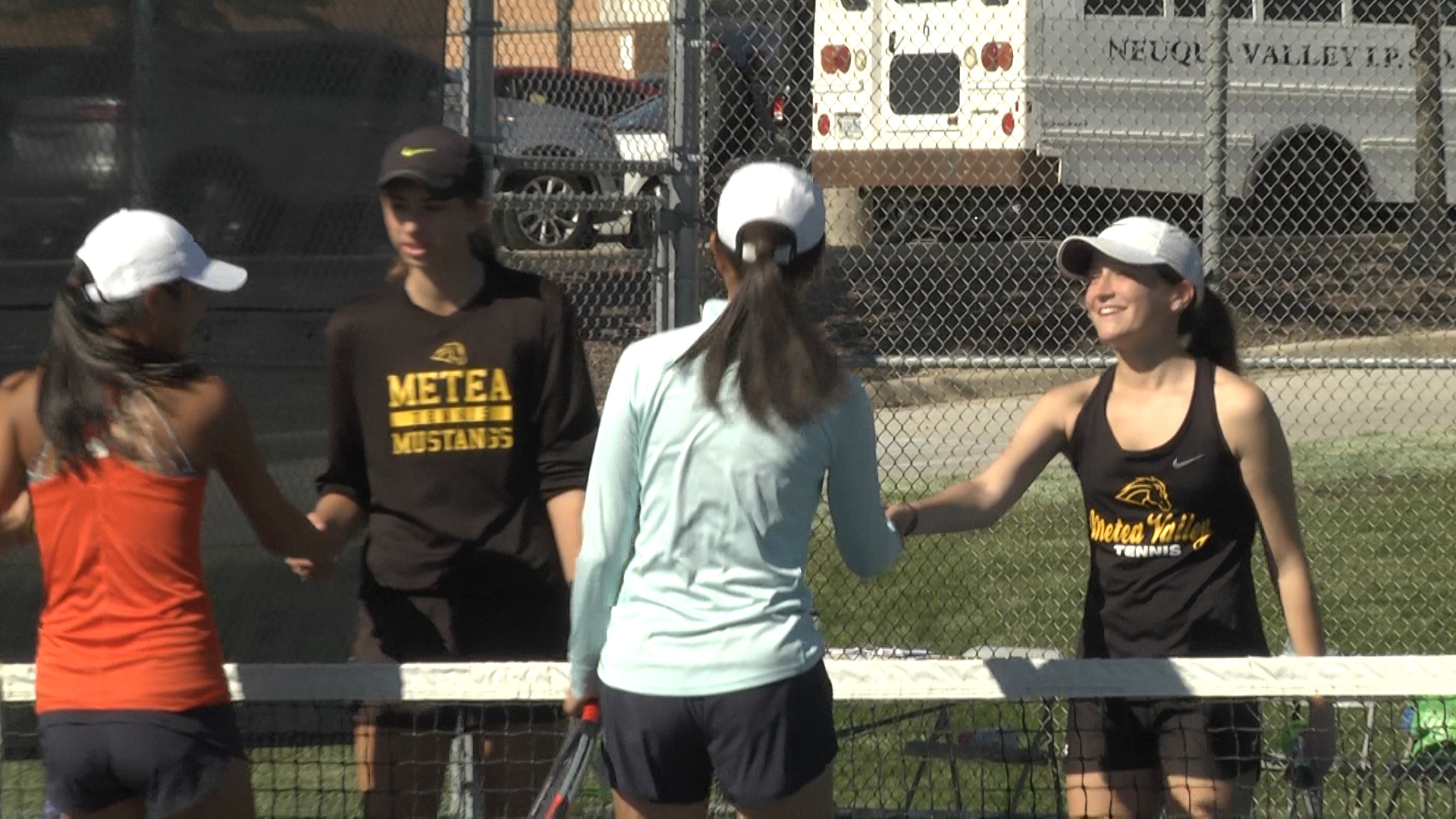The IHSA recently released new guidelines and considerations for the sports that will be played in the Fall of 2020. These include boys and girls golf, girls tennis, boys and girls cross country, and girls swimming and diving. Some of the considerations included in the document are listed below.
General Guidelines and New Considerations
- Schools must comply with the IHSA Return to Play Phase 4 Guidelines.
- Social distancing between individuals of at least 6 feet must be maintained at all times. Handshakes, fist bumps, hugging, etc. are not permissible.
- Student participants, coaches, and athletic trainers, managers, officials if applicable, etc… are restricted to a combined total of 50 participants per event.
- For transportation to events, schools must consider social distancing requirements when scheduling contests and events for the fall. Social distancing (as required by state or local health department) will need to be maintained on buses/vans. Thus, multiple buses/vans and/or parental/guardian transportation could likely be needed.
- Spectators are permitted at events provided they maintain social distancing throughout the entire event as outlined in the IHSA Return to Play Phase 4 Guidelines.
- Athletes should not play if they are exhibiting any symptoms of the coronavirus: mild to severe respiratory illness with fever, cough and difficulty breathing, or other symptoms identified by the CDC; or have been in contact with someone with COVID-19 in the last 14 days.
- Media are permitted at events provided they maintain social distancing throughout the event as outlined in the IHSA Return to Play Phase 4 Guidelines.
- Awards ceremonies should not be held and can be sent via the mail following an event.
Boys and Girls Golf Considerations
- Competition can begin August 13th.
- Players are not required to wear cloth face coverings, but may do so if they desire, particularly when not able to maintain social distancing. If an individual would like to wear a mask on the playing course or in a meeting, they may do so. There is no prohibition on the color of the mask.
- If practice facilities will be available (practice tee, short game area, putting green), establish a flow that participants will follow to ensure everyone has a fair and equitable opportunity to warm up prior to play
- Participants should check in at their starting tee immediately after the group preceding them has left the teeing area.
- If traditional scorecards will be used, they should be bagged and given to participants by a tournament volunteer/manager. Participants will keep score for all players in their group.
- Only essential personnel are permitted on the course. These are defined as players, coaches, athletic trainers, and officials. All others, i.e., managers, video people, media photographers, etc. are considered nonessential personnel and are to be in the gallery remaining by the cart path (when present) or remaining at least 15 yards from the players.
- Coaches should now work to create new habits including staying away from touching their face, not allowing sunflower seeds and not spitting. Do not touch the flagstick or bunker rakes, nor other player’s equipment or golf balls.
- If a golfer touches their mouth, practice is stopped and the player must sanitize their hands. Players should only touch and use their own golf ball and not touch other players golf balls or equipment. Players are encouraged to bring their own hand sanitizer
Girls Tennis Considerations
- Competition can begin on August 20th.
- Hosts should establish team areas that allow for teams to space at least 30 feet apart while maintaining social distancing within their own team’s area.
- When playing doubles, coordinate with your partner to maintain physical distancing. Avoid physical and close contact such as strategizing with doubles partner, high fives etc.
- Face coverings must be worn by anyone not actively competing.
- Gates should be roped off or left open to avoid touching.
- If possible, alternating courts should be reserved for play if there is no barrier, such as fencing, between the courts.
- Using new balls on a very regular basis is highly encouraged.
- Items should be touched only by the specific coach or specific player and should be cleaned frequently. Avoid using unnecessary equipment. Live ball drills and game-based play is recommended. If using ball tubes and basket pickups to pick up loose balls after a practice/ball machine rotation be aware to limit contact and sanitize accordingly. Use alcohol-based disinfectant to clean all tennis gear, including racquets, towels, target cones, ball machines, etc. Rackets and towels should not be shared.
- If a ball from another court comes to you, send it back with a kick or with your racket.
- Arrive at the court no more than 10 minutes prior to play.
Boys and Girls Cross Country Considerations
- Competition can begin on August 24th.
- Limit meet entries to the maximum number of competitors to represent a team in a cross-country race (7 runners) plus one alternate runner per race.
- Rule 8-1-3a may need to be modified so that the narrowest point of the course is 6 feet wide as opposed to 3 feet wide.
- Hosts should establish team headquarter areas that allow for teams to space at least 30 feet apart while maintaining social distancing within their own team’s headquarters.
- Face coverings must be worn by anyone in a team’s headquarter.
- Food and tailgating should be discouraged at all cross country events in order to get teams in and out.
- If single race start is possible for a race, participants must be lined up in a way that allows for social distancing (6 feet apart)
- If a race cannot maintain social distancing in a single start, hosts may need to use staggered, wave or interval starts to ensure that social distancing requirements can be met at the starting line
- Keep competitors socially distanced at the finish of a race. Finish corrals and FAT timing are the best way to accomplish this at larger meets
- If multiple races will occur at a site, then those participating in the race can only be in the vicinity of the racecourse during their scheduled time specified by the meet manager. Once that time expires, participants must vacate the racecourse area to allow the next scheduled group of participants to compete. Vacating the racecourse area means that student participants have either left the premises or are in a location that is completely removed from the event.
- For practices, consider conducting workouts in “pods” of same students who are always training and rotating together. This will ensure more limited exposure if someone develops an infection.
Girls Swimming & Diving Considerations
- Competition can begin on August 24th.
- Relay races can not take place at this time.
- Increase water sanitation level, i.e. keep chlorine closer to 2.0 PPM.
- Eliminate the use of low ventilated spaces and rooms that prevent social distancing, such as locker rooms and small dryland rooms. Eliminate the use of lockers whenever possible.
- Watches, clip boards, and lap-counters should be sanitized after each use. Touchpads should be sanitized periodically while out of the water. Diving boards and backstroke flags should be sanitized periodically.
- Only essential personnel are permitted on the deck. These are defined as swimmers/divers, coaches, athletic trainers, lifeguards and officials. Authorized timers, recorders, runners, computer operators necessary to conduct competition are essential. All others, i.e., team managers, video people, media photographers, family members, non-competing students, etc. are considered non-essential personnel and are to be in the gallery remaining in the seating area (when present) or remaining outside the deck area.
- Locker rooms should be used as little as possible. Athletes should wear swimming suits to practice and competitions to limit use of locker rooms.
More guidelines and considerations may be released by the IHSA as needed throughout the year.








